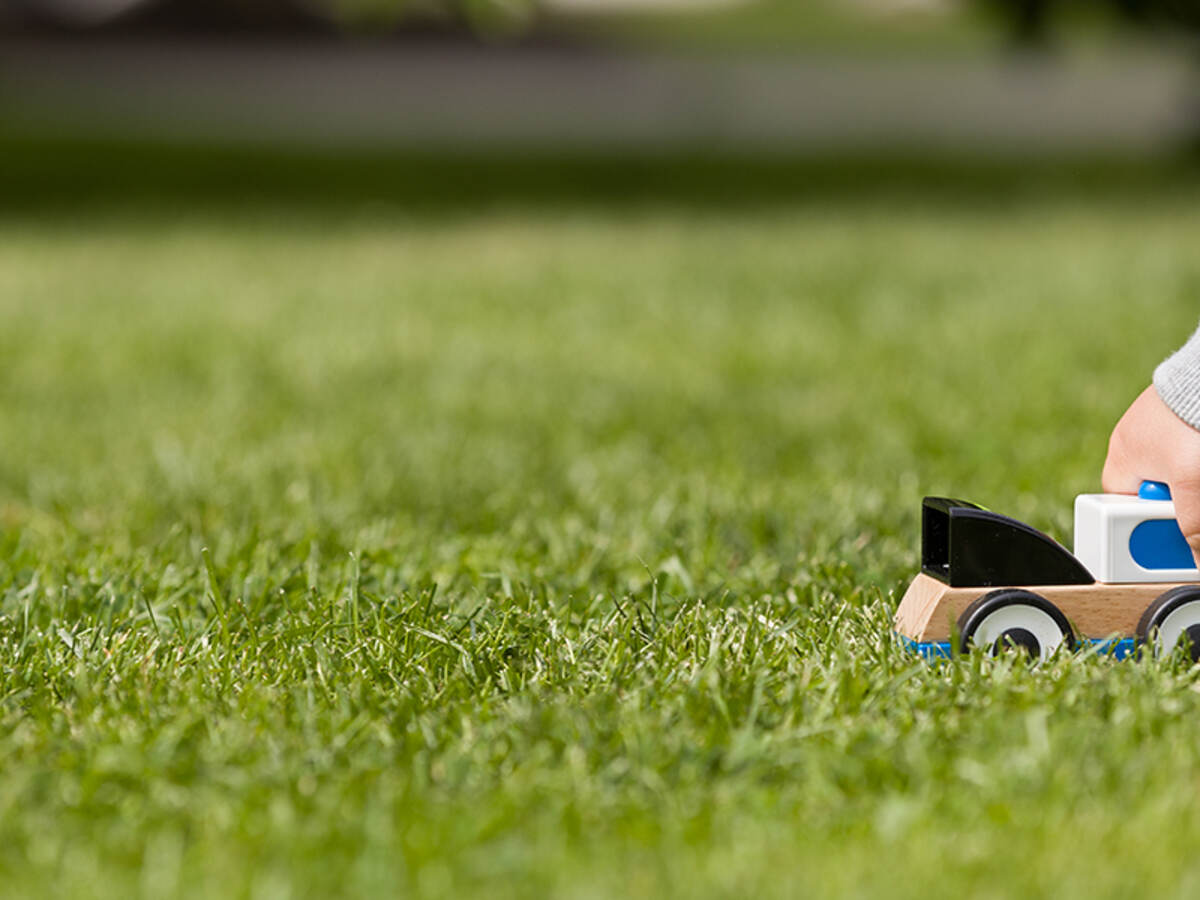May 25, 2020
We recently held a webinar on this topic (consult the on-demand version), and to learn more we’ve interviewed our expert Maria José Monteagudo Arrebola, Environmental Project Handler — UL’s Environment and Sustainability.
Q: In which industries is the circular economy being instituted, and what are key characteristics to enable the shift towards a circular economy?
Maria: All industry types are transitioning towards circular economy, including the toy industry. The key characteristics to enable the shift are: availability of information, tools to support the transition, collaboration and network, among others. A good example of an available tool to support the transition towards circular economy and the EU Circular Economy Action Plan is the European Circular Economy Stakeholder Platform. It’s an European instrument where stakeholders can meet and exchange across countries and across sectors. It allows to exchange the expertise and good practices on the circular economy and contributes to identify the barriers to the transition intended for policy makers at all levels of governance.
Q: What are some of the benefits of transitioning towards a circular economy for the toy industry, especially in terms of implementation of the 2030 Agenda?
Maria: The circular economy is an integral part of the sustainability agenda and can contribute to several different Sustainable Development Goals (SDGs). By addressing root causes, the concept of a circular economy, an economy in which waste and pollution do not exist by design, products and materials are kept in use, and natural systems are regenerated provides much promise to accelerate implementation of the 2030 Agenda.
For example: SDG 12 Responsible consumption and production, is at the heart of the circular economy principle 1. Waste and pollution are consequences of decisions made at the designing stage. We can design some products and components so they can be reused, repaired and recycled. But other goals that a circular economy can contribute to include SDG 2 End hunger, SDG 6 Clean water, SDG 7 Affordable and clean energy, SDG 13 Climate action, and SDG 15 Life on land.
Q: Who is involved in this transition towards sustainability, and what are their key roles?
Maria: Environmental responsibility cannot be shifted to just one player. Manufacturers, retailers, buyers and politicians all need to be involved and act responsibly in the transition. Responsibility is key.
- Policy-makers: developing government strategies, policy documents well-designed to demonstrate a strong commitment and ambitious policies to foster the transition. Showing support for market transformation, define the right way to act responsibly and must regulate and monitor this.
- Private sector: developing business commitments, circular business models and partnerships devoted to its development and identifying the challenges associated with the circular economy. The retailers are who should choose responsibly when deciding on which products to stock.
- Civil society: The aim to reduce waste and ensure a full circularity of the economy goes beyond what economic actors alone can do: it embraces all our society and is a societal challenge. It requires changes in consumption patterns for example. The users are the ones who decide with each purchase what is consumed and how.
Across all three sectors I listed, preferential purchasing can help enhance the marketplace for materials needed and alternatives. The use of recycled content is part of what’s needed for this to work. The Association of Plastic Recyclers in the US calls these “recycling demand champions”.
Q: What actions are governments taking to improve the value and effectiveness of green claims?
Maria: Governments have taken actions in four main areas to improve the value and effectiveness of these claims:
- consumer education;
- environmental claims guides;
- mandated environmental labelling requirements;
- legal action and enforcement.
Important to highlight that Governments can take actions on environmental claims under existing general false advertising laws or under specific rules that apply to particular claims. Penalties for false claims, including green claims, include criminal convictions and fines, infringement notices and injunctions. The Australian government, for example, has taken more than 30 court actions against misleading environmental claims in recent years to enforce the country’s Trade Practices Act; this is seen as strengthening jurisprudence in the courts. At the same time, other countries, such as Canada and the United States, have taken action or secured voluntary agreements with business to address problematic environmental claims and schemes.
Q: In terms of environmental attributes, what kind of documentation shall we ask for to our suppliers?
Maria: Any kind of evidence that can prove the environmental attributes of their materials and/or operations, for example: recognized certifications, test reports from accredited laboratories, environmental audit reports, their presence in sustainable material listings, etc. A qualified and available environmental disclosure increases the credibility of the supplier. For UL ECVP 2809 specifically, we cite the following. Some of these are generically applicable to all ECVPs:
- Documentation on the design of the product
- Documentation from the manufacturers supply chain ensuring material supplied has the reported recycled content
- Documentation from the manufacturer or manufactures’ supply chain describing the attributes and source of the recycled material
- Documentation from the manufacturing process that demonstrates effective control of recycled content materials during production
- Documentation demonstrating that finished products were manufactured according to the design specifications.
Q: What is the connection between safety and sustainability?
Maria: At UL, we see safety and sustainability as linked. Today, many of these requirements are appropriately included in separate standards. For example, those addressing safety concerns are often mandatory for compliance with law at different levels of jurisdiction. Those addressing sustainability concepts are often voluntary and operate under separate guidelines – such as ISO 14021, 14024, 14025 ecolabelling guidance. Certain sustainability requirements are increasingly becoming encoded in law as legislatures around the world mandate preferential procurement of products that help meet specific sustainability or circular economy objectives. In the future, we may see standards evolve in different ways based on these developments, potentially through formal integration of safety and sustainability concepts. Until such time, UL offers safety and sustainability services that may be pursued simultaneously to exploit synergies in process and system.
To know more about how improving sustainability in the toy industry with UL’s Environmental Claim Validation, download our FLYER.
Get connected with our sales team
Thanks for your interest in our products and services. Let's collect some information so we can connect you with the right person.


